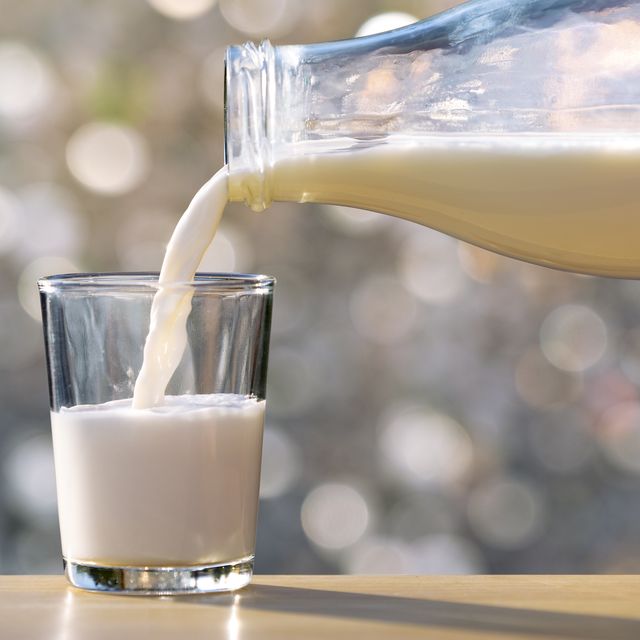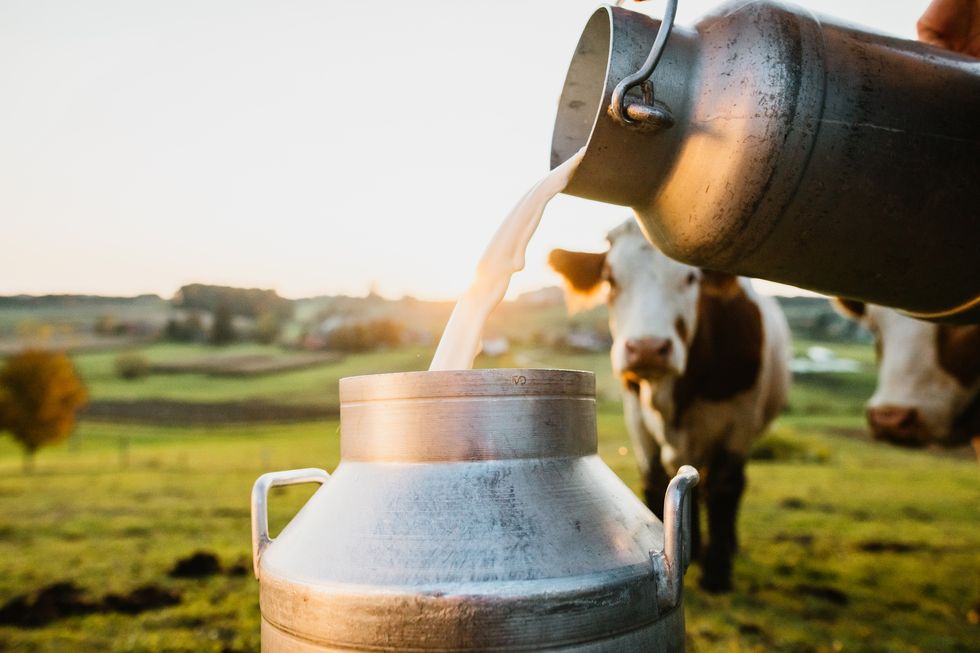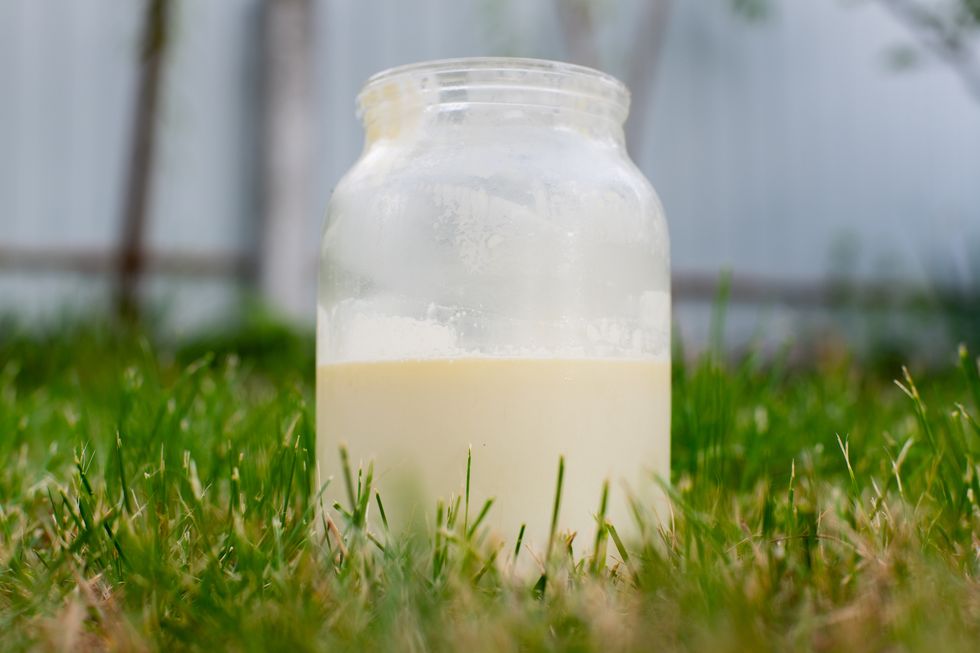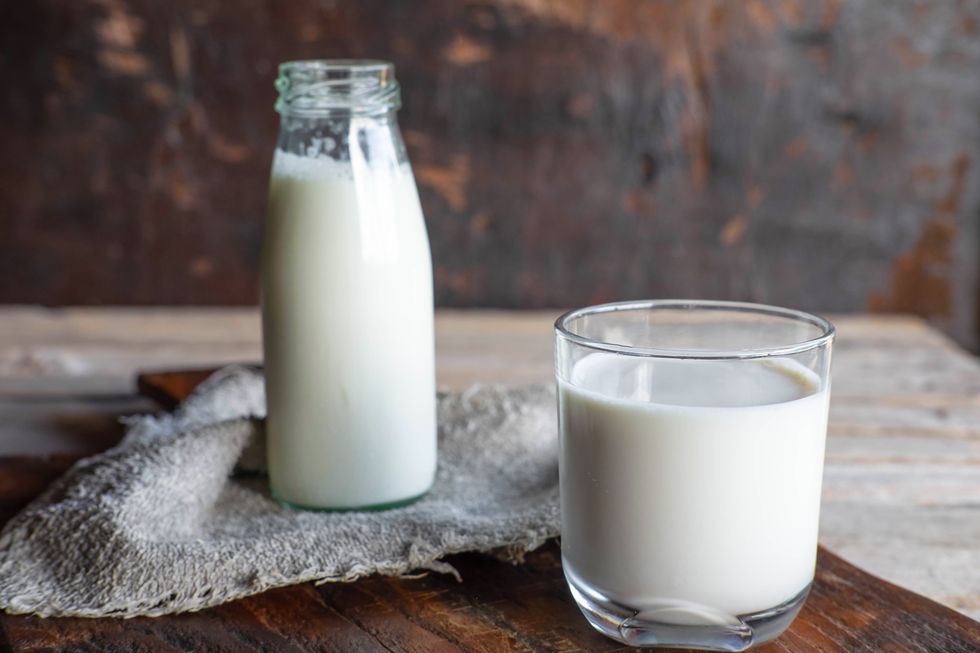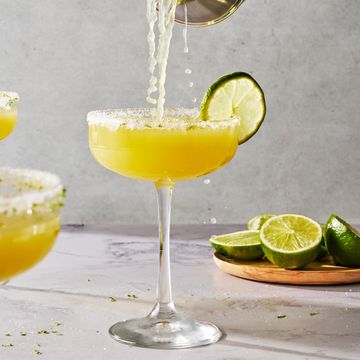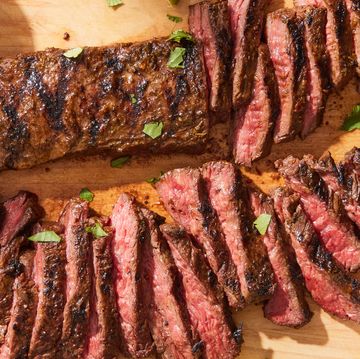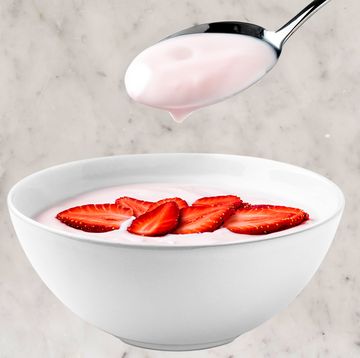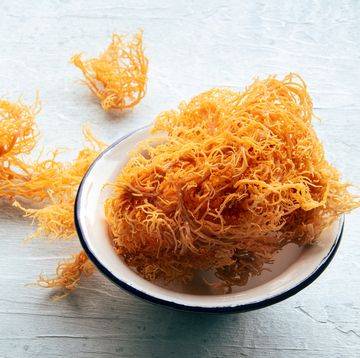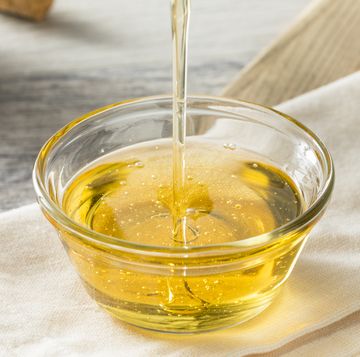The dairy aisle at every grocery store is full of options: whole, skim, nonfat, lactose-free, chocolate, the list goes on. And if we’re including nondairy milk, that list would get so much longer. But there’s one type of milk that’s increasing in popularity, and you won't find at the store: raw milk.
If you’re unfamiliar with raw milk, you might have a few questions. What makes it raw? How does it taste different than the milk we’re used to drinking? Is it safe to drink?
We’re breaking down everything you need to know about raw milk so you can decide if it’s right for you and your cereal. We caught up with Dr. Amy Lee, Head of Nutrition for Nucific, to separate fact from fiction when it comes to raw milk.
What Is Raw Milk?
Raw milk may be new for many people, but it’s not a new phenomenon. In fact, before pasteurization was commonplace, all milk was raw. The process of heating milk before it's bottled and put on the shelves became a mandatory safety measure in the mid-20th century.
Raw milk, on the other hand, is not processed at all. “Raw milk has not gone through any processing and comes straight from the animal,” Dr. Lee says.
In the United States, it’s not exactly easy to find a gallon of raw, unpasteurized milk. The sale of raw milk is outright illegal in nearly half of the country. And many states that do allow the sale of raw milk also include the caveat that it can only be purchased directly from a farmer.
What Does Raw Milk Taste Like?
Just like with pasteurized versus freshly squeezed orange juice, there is a distinct difference in flavor between raw and pasteurized milk. Heat treatment kills not only the bacteria, but also a lot more of volatile flavor compounds. Raw milk fans argue that the taste of raw milk is far superior to the supermarket offerings.
Raw milk often tastes richer and sweeter than pasteurized versions. And, depending on where the milk comes from and what food the cows eat, it can also come with its own unique flavor profile. Raw milk often tastes grassy, with a subtle level of barnyard-esque funk. People who swear by raw milk often say that pasteurized milk is comparatively bland and watery.
But because there’s a lot of natural bacteria swimming around in your glass, the flavor of raw milk changes quickly. In a matter of just a few days, raw milk can transform from grassy and sweet to unpleasantly sour.
Is Raw Milk Safe To Drink?
There’s a community of raw milk drinkers that swear by its health benefits. Some argue that raw milk has higher levels of probiotics, enzymes, and other nutrients that don’t exist in pasteurized milk. Others even go as far as to say that raw milk can lower your risk of asthma, allergies, and respiratory infections.
According to Dr. Lee, their claims aren’t entirely unfounded. “The calcium in raw milk is readily absorbable because raw milk also contains its original enzymes that help break down and metabolize materials,” she says.
But many arguments in favor of raw milk conveniently overlook why pasteurization became common in the first place—the bacteria in raw milk presents some serious health risks.
Bacteria like E.coli, listeria, and salmonella can all be found in raw milk, among many other harmful germs. And if consumed, your symptoms can range from stomach pain and diarrhea to severe diseases. Raw milk can cause illnesses like Guillain-Barré syndrome (which can cause paralysis) or hemolytic uremic syndrome (a disease than can lead to strokes and kidney failure).
Researchers at University of California, Davis found that raw milk had marginally higher levels of good bacteria—but it also runs a significant risk of introducing antibiotic-resistant bacteria into the body.
There will always be risks associated with consuming raw milk, regardless of where you buy it. It can be contaminated through equipment, fecal matter, illness, and even bacteria on the surface of the animal’s skin.
Good hygiene practices and milk testing may help reduce those risks, but they won’t eradicate them entirely. Because of this, Dr. Lee advises those with compromised immune systems to proceed with caution. “These bacteria and organisms can cause more problems for those than the health risk is worth,” she says.
That being said, milk is not the only risky food in our diets. Everything ranging from raw vegetables to runny egg yolks to medium-rare steaks comes with its own degree of danger. But if you decide to incorporate raw milk into your diet, make sure you source it from a reputable distributor and store it properly in the refrigerator.
